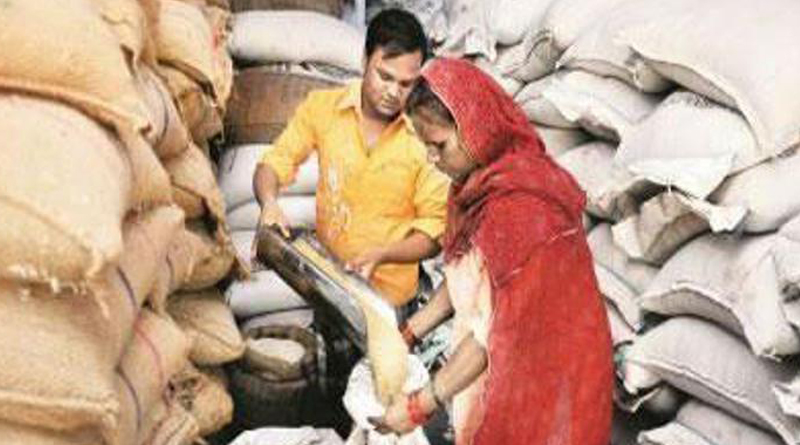India\’s GDP growth has fallen four quarters in a row to just 5.7% in AprilJune, down from 7.9% in the same quarter last year. No longer is India the world\’s fastest growing major economy -it has sunk well below China\’s 6.5%. Manufacturing is the worst sector, with just 1.7% growth. So much for “Make in India“ or “achhe din“.
Opposition parties have blamed demonetisation (or DeMo).The government blames pre-GST disruptions.These are distractions. The biggest problem is export stagnation for three years. No country in history has sustained 7% GDP growth for a decade without export growth of at least 15%. This was true of Japan, the four Asian tigers, other ASEAN countries, and India too in 2003-11. No country has ever grown fast on domestic demand alone. Unless exports revive, GDP will disappoint.
DeMo hit GDP in the October-December and January-March quarters. But its impact must have fallen by April-June, while GDP slowed even more. Note, GDP slowed for almost three quarters before DeMo. Other factors were at work, mainly export stagnation.
The government has defended DeMo as an attack on black money , but cannot deny that it hit the cash-based informal sector. Recent economic data are based largely on formal sector production. Growth figures will fall to even more dismal levels when revised data (covering the informal sector) become available next January .
Is the worst over? The Purchase Managers\’ Index for both manufacturing and services plunged deeply in July, with some recovery in August. This dampens hopes of an economic rebound this quarter, or even in this financial year.
Some economists blame the “twin balance sheet“ problem, the fact that many companies in steel and infrastructure cannot repay bank debts, which in turn hits the banks\’ ability to lend more. Serious though this problem is, DeMo made banks flush with liquidity . Yet there is so little demand from industry that banks cannot find large borrowers. Falling capital goods production confirms that India Inc is investing less and less.Why invest, says India Inc, when we already have excess capacity , and demand is so weak?
Now, domestic demand is naturally sluggish in a slowing economy . But the world market represents unlimited demand. If only India gets competitive, exports will boom, and so will investment, bank lending and GDP .
The demand problem cannot be solved by additional government investment alone. The fiscal deficit tar get set in the Financial Responsibility and Budget Management Act has been postponed repeatedly to try and spur GDP , but in vain. Increasing government investment by even 0.5% of GDP is fiscally tough, yet this cannot compensate for the loss of demand for exports, which constitute over 20% of the economy .
The 8% GDP boom years between 2003 and 2011 were also years of 20% export growth. Export stagnation set in soon after. Merchandise exports fell 1.2% in 2014-15, another 15.6% the next year, and then recovered only marginally to $274 billion in 2016-17. This was well short of the export peak of $318 billion in 2013-14. Software and other services exports also hit rough weather.
One problem has been a sluggish world economy, which may never return to the boom days of the 2000s.But the world economy is definitely reviving this year.India, alas, is sliding down.
The REER (Real Effective Exchange Rate) is the exchange rate adjusted for inflation. It has been rising sharply , making exports uncompetitive. The RBI has a REER index with respect to 36 countries, including India\’s main competitors. This index rose gently from 100 in 2004-05 to 103.3 in 2013-14, a period when exports did well. Since then the REER has shot up to 119.9, and exports have stagnated.
Now the exchange rate is not the only factor affecting exports. What also matters is productivity , the cost of doing business, export logistics and red tape, and the cost of credit. India has failed to match up to competitors in all these respects. The government\’s attempt to make business easier has not worked well, according to a recent research paper of Niti Aayog. India has high real interest rates, high land costs (after the recent land acquisition law) and uses high rail freight rates (that hit exports) to massively subsidise passenger traffic.
Reforms are needed in all these areas. A quick remedy will be for the RBI to depreciate the rupee and cut interest rates. But for sustained 7-8% GDP growth, productivity must rise faster in India than among competitors, making exports dynamic. Domestic demand alone cannot ensure more than 5-6% growth on a sustained basis.


